The city of Cap-Haïtien in Haiti has roots in the wealth of the French colony Saint-Domingue. In the old part of the city, there are still remains of French colonial architecture from the 17th century. After the Haitian revolution, many craftsmen fled to French New Orleans. The similarities in the architecture of both cities are visible to the naked eye. Traditional buildings in both cities often have shops on the ground level, while the living quarters are on the upper floor. Characteristic balconies hanging above the street stretch along the entire second floor.
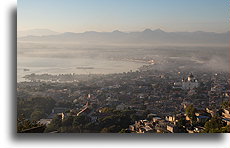
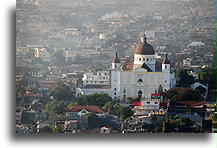
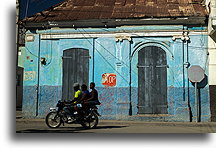
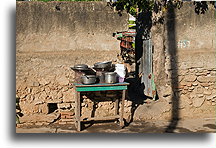
Today's Cap-Haïtien dominated is by hideous urban slums. Garbage fills all open spaces, parks, the river and all water cannals in the city. There is no municipal service here. The beaches decorated are with mountains of plastic bottles that are waiting for the next hurricane clean up. Strong winds and high waves will carry all the garbage far into the sea.
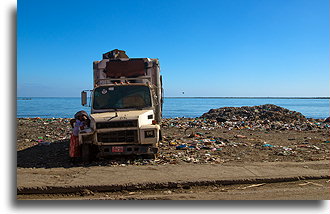
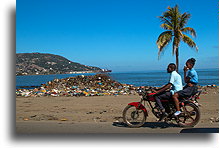
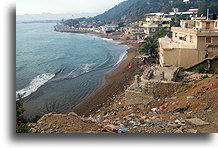
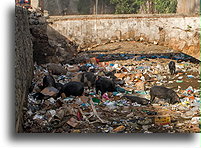
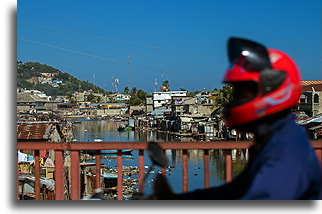
What would you do with your trash if there were no special services to collect them from your house? The only solution is to burn them. That is what Haitians do every day. They burn everything, even car tires. As a result, the black smoke always hangs not only in Cap-Haitien, but also above every village through which we passed. People breathe there contaminated air, a mixture of chemicals and biological materials that react with each other to form tiny dangerous particles. We noticed our breathing problems one day after our arrival. Toxic air causes itchy eyes, scratching in the throat and coughing.
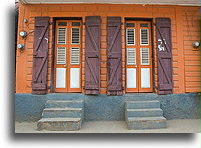
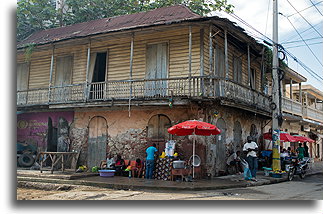
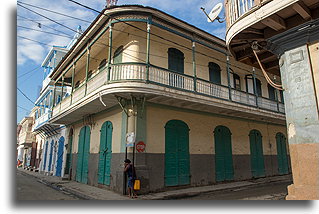
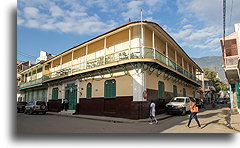
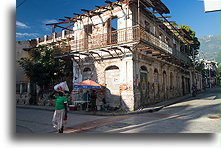
On Earth, we all breathe the same air. Oceans are our common resources. While visiting Haiti, I realized that the Earth is our common home and our shared responsibility. Rich, economically developed countries should be responsible for helping poor nations in reducing their waste and pollution. It makes no sense to close our eyes and ignore problems we see in the undeveloped countries. This is one planet and it is in our own interest to reduce pollution not only in our own country, but also to help other nations do the same.




